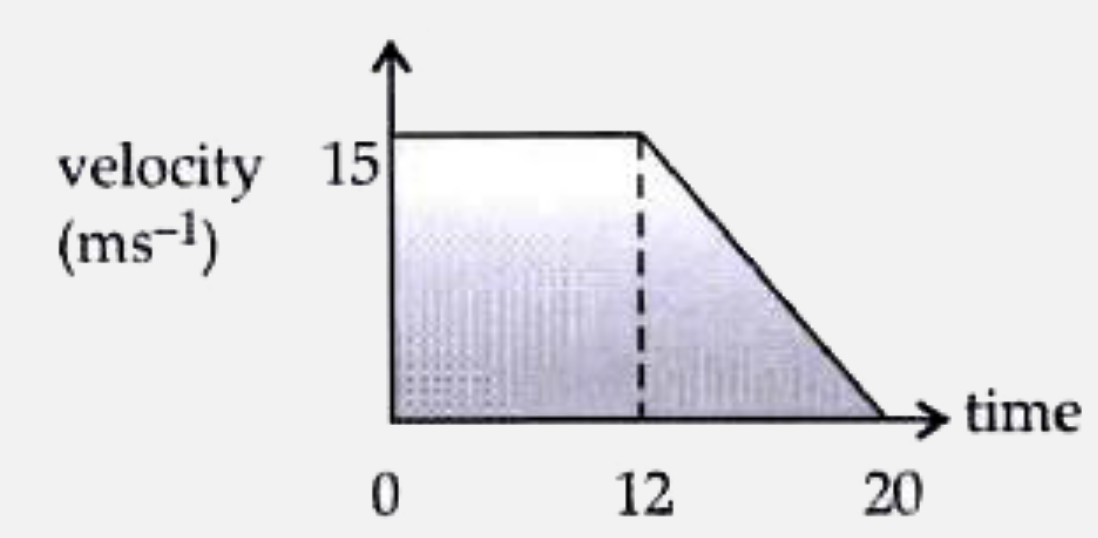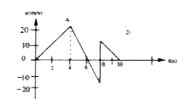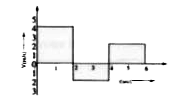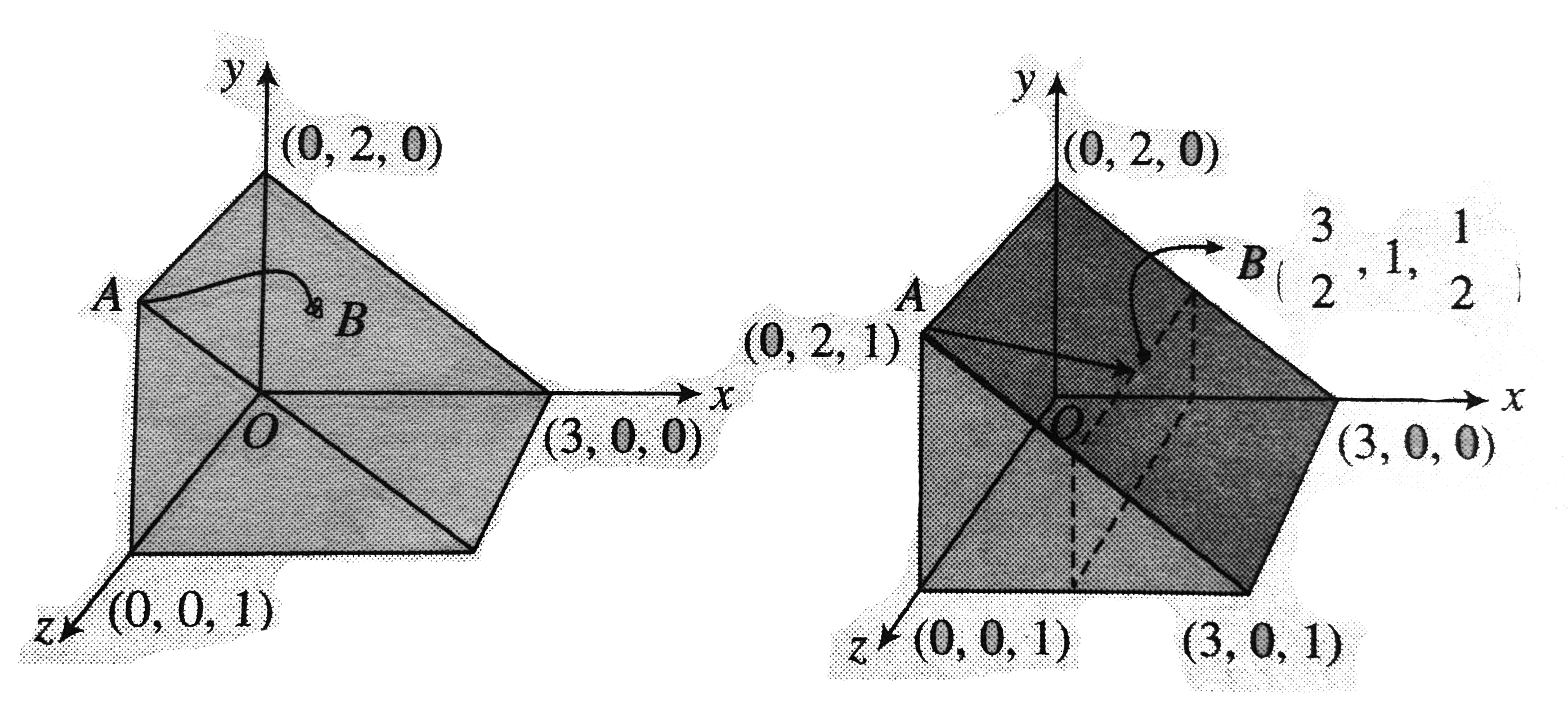Which of the following is a null vector
(a) velocity vector of a body moving in a circle with a uniform speed
(b) velocity vector of a body moving in a straight line with a uniform speed
(c) position vector of the origin of the rectangular coordinate system
(d) displacement vector of a stationary object
both a & b
both b & c
a, b & c
both c & d
The correct Answer is:D
To determine which of the given options is a null vector, we need to understand what a null vector is. A null vector, also known as a zero vector, is a vector that has a magnitude of zero and does not have any specific direction.
Let's analyze each option step by step:
1. Option (a): Velocity vector of a body moving in a circle with uniform speed.
- A body moving in a circle with uniform speed has a constant speed but is continuously changing direction. Therefore, the velocity vector is not zero; it has a specific magnitude (the speed) and a direction (the tangent to the circle at any point).
- Conclusion: This is not a null vector.
2. Option (b): Velocity vector of a body moving in a straight line with uniform speed.
- A body moving in a straight line with uniform speed also has a constant speed and a specific direction. The velocity vector has a non-zero magnitude equal to the speed of the body.
- Conclusion: This is not a null vector.
3. Option (c): Position vector of the origin of the rectangular coordinate system.
- The position vector of the origin (0, 0) in a rectangular coordinate system is represented as (0, 0). Since the magnitude of this vector is zero, it qualifies as a null vector.
- Conclusion: This is a null vector.
4. Option (d): Displacement vector of a stationary object.
- A stationary object does not change its position, meaning its displacement is zero. Therefore, the displacement vector also has a magnitude of zero.
- Conclusion: This is a null vector.
After analyzing all the options, we find that both option (c) and option (d) are null vectors.
Final Answer: The null vectors are (c) position vector of the origin of the rectangular coordinate system and (d) displacement vector of a stationary object.
- A body moving in a circle with uniform speed has a constant speed but is continuously changing direction. Therefore, the velocity vector is not zero; it has a specific magnitude (the speed) and a direction (the tangent to the circle at any point).
- Conclusion: This is not a null vector.
- A body moving in a straight line with uniform speed also has a constant speed and a specific direction. The velocity vector has a non-zero magnitude equal to the speed of the body.
- Conclusion: This is not a null vector.
- The position vector of the origin (0, 0) in a rectangular coordinate system is represented as (0, 0). Since the magnitude of this vector is zero, it qualifies as a null vector.
- Conclusion: This is a null vector.
- A stationary object does not change its position, meaning its displacement is zero. Therefore, the displacement vector also has a magnitude of zero.
- Conclusion: This is a null vector.
Similar Questions
Which of the following is vector quantity-speed, force, area or volume.
View SolutionThe figure below shows the velocity-time graph of a body moving in a straight line.

Find the total displacement of the body.
View SolutionThe velocity-time graph of a body moving in a straight line is shown in Fig. Find the displacement and distance travelled by the body in 10 sec.

View SolutionThe velocity time graph of a body moving in a straight line is shown in the figure. The displacement and distance travelled by the body in 6 sec are respectively.

View Solution(A) : If a body moving in a circular path with constant speed, then no force acts on it.
(R ) : The direction of the velocity vector of a body moving in a circular path is changing
View SolutionDraw the shape of the velocity-time graph for a body moving with (a) uniform velocity, (b) uniform acceleration.
View SolutionAn insect crawls from A to B where B is the centre of the rectangular slant face. Find the (a) initial and final position vector of the insect and (b) displacement vector of the insect.
 .
.
View SolutionVelocity of a body moving a straight line with uniform acceleration (a) reduces by 34 of its initial velocity in time t0. The total time of motion of the body till its velocity becomes zero is
View SolutionState which of the following situations are possible and give an example for each of these :
(a) An body with a constant acceleration but with zero velocity.
(b) An object moving with an acceleration but with uniform speed
(c) An object moving in a certain direction with an acceleration in the perpendicular direction.
View SolutionFor a body moving with uniform acceleration along straight line, the variation of its velocity (v) with position (x) is best represented by
View Solution
